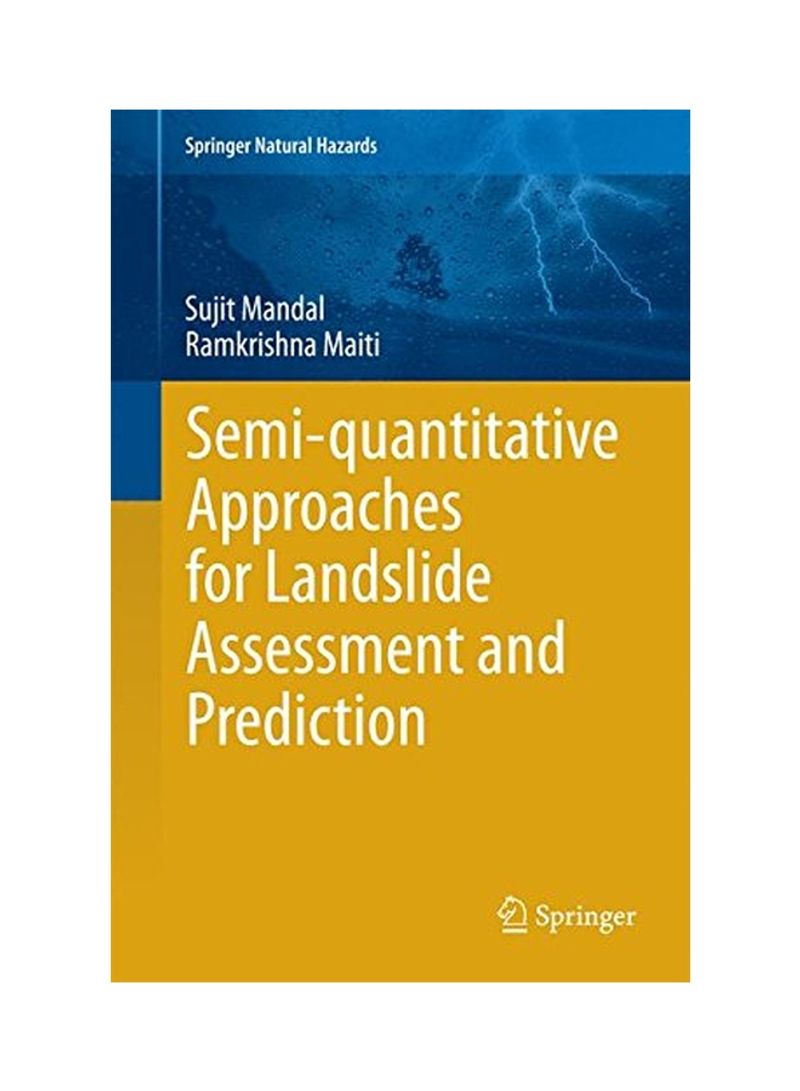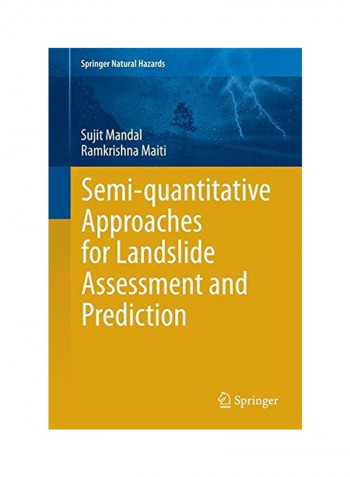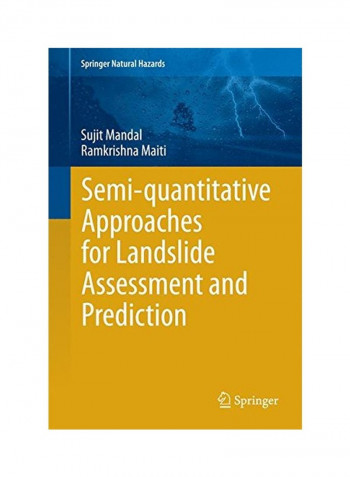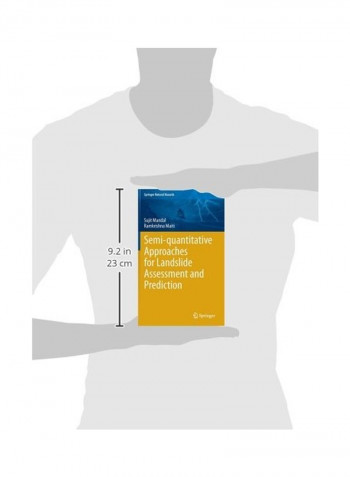Semi-quantitative Approaches for Landslide Assessment and Prediction (Springer Natural Hazards)
Shipped from India
Semi-quantitative Approaches For Landslide Assessment And Prediction Paperback
Recommend
Sort by
Rating
Date
Semi-quantitative Approaches For Landslide Assessment And Prediction Paperback
Description:
If you find an error in the description, please let us know!
Write a message
Send Report
If you find an error in the description, please let us know!
Specifications
Country of Origin
India
Author 1
Mandal, Sujit|Maiti, Ramkrishna
Book Description
In the present authors attempted to have a clear insight into the interworking of geotectonic, geomorphic, hydrologic and anthropogenic factors leading to landslide in the Shiv khola Watershed, the most worst affected region of Darjiling Himalaya. This book includes the parameters responsible for landslide events in mountainous areas. It provides knowledge and understanding to the local people, planners, and policy makers about the causes and consequences of landslides as well as provides a suitable method to mitigate the landslips. The book deals with the role of land, water and soil in landslide phenomena. These three attributes have been described in terms of critical rainfall, critical slope, critical height and changes and development of drainage network in landslides. Mitigations and site-specific management options are evaluated considering the roles of local govt., community and other organizations in both pre-slide and post-slide periods. Various scientific methods have been used to assess the landslides that will bring about tremendous help to researchers in the field. In particular, Researchers in Mountain Geomorphology and Geological and Geographical Society will get tremendous help from some topics such as 1-D slope stability model, SCS Curve Number Technique, Assessment of morphological parameters, application of RS & GIS, Application of Analytical Hierarchy Process. Semi-quantitative approach is followed for understanding spatial distribution of cohesion, friction angle slope, lithology and lineaments, drainage, upslope contributing area, land use and land cover types etc. This book also reveals some techniques and models for initiating slope instability.
ISBN-10
9812871454
ISBN-13
9789812871459
Language
English
Publisher
Springer Verlag, Singapore
Publication Date
14-Dec-14
Number of Pages
292
About the Author
Dr. Sujit Mandal is an Assistant Professor in the Department of Geography at Raja N.L. Khan Women's College, Midnapore, West Bengal, India. He has worked in the area of Applied Geomorphology consisting Hazards, Risk and related Community Responses. He has over 20 publications in various journals. He is currently a principal investigator of research projects funded by the University Grant Commission. Dr. Ramkrishna Maiti is an Associate Professor in the Department of Geography and Environment Management at Vidyasagar University, West Bengal, India. His significant contributions have been in the area of Geomorphology, Hydrology, Environment, Ecology and Sociology. He heads several research projects funded by the UGC and ICSSR. He had over 60 publications to his credit.
Author 2
Ramkrishna Maiti




